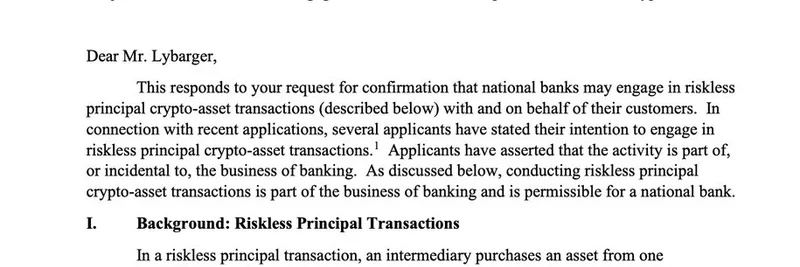In the fast-paced world of cryptocurrency, where decentralization is the holy grail, it's ironic how centralized entities like exchanges are making bank by doing the exact opposite. A recent tweet from Mert, the CEO of Helius Labs and former Coinbase exec, sheds light on this phenomenon, sparking conversations across the crypto community.
The Viral Tweet Breaking It Down
Mert's post on X (formerly Twitter) 하이라이트 the straightforward yet highly profitable business model of crypto exchanges. In his words:
it is amazing how much money you can make as an exchange in crypto
allow ppl to buy decentralized coins in a centralized way
take fees
profit
get other ppl to list their coins
take huge fees
profit
ppl try to withdraw
take fees
custody
profitextremely profitable to make decentralized coins centralized, lessons there
This succinct breakdown captures the essence of how exchanges bridge the gap between decentralized assets and everyday users, all while pocketing hefty fees at every turn.
Unpacking the Profit Model
Let's break it down step by step, especially in the context of meme tokens, which are a hot topic here at Meme Insider. Meme coins, like Dogecoin or newer Solana-based tokens, embody the spirit of decentralization—they're often launched on platforms like Pump.fun with community-driven hype. But to reach mass adoption, they need visibility and liquidity, which is where centralized exchanges (CEXs) come in.
Buying and Trading Fees
Exchanges allow users to purchase decentralized tokens using fiat or other cryptos through their platforms. This convenience comes at a cost: trading fees. Every buy or sell order chips away a small percentage, which adds up quickly in high-volume markets. For meme tokens, which can see explosive trading during hype cycles, this means exchanges capture a slice of the frenzy without bearing the risks.
Listing Fees: The Golden Ticket
Getting a token listed on a major exchange like Binance or Coinbase is a game-changer for any project, including memes. But it doesn't come cheap. Exchanges charge substantial listing fees—sometimes in the millions—to vet and integrate new coins. Mert points out how this is a massive profit center. For meme token creators, this is a double-edged sword: a listing can skyrocket value, but the fees can drain project funds.
Withdrawal and Custody Profits
Once users buy in, withdrawing to a personal wallet incurs yet another fee. And if they leave assets on the exchange? That's free custody for the platform, which can lend out those holdings or use them in other ways to generate yield. It's centralization at its finest, turning decentralized assets into tools for centralized profit.
One reply to Mert's tweet humorously added, "Use customer deposits to trade and hopefully profit!"—a nod to past scandals like FTX, where centralized control led to massive losses. It's a reminder that while profitable, this model isn't without risks.
Lessons for Meme Token Enthusiasts
For blockchain practitioners and meme token hunters, Mert's insights offer valuable lessons. Decentralization is ideal, but user convenience often wins out. Platforms like decentralized exchanges (DEXs) on Solana aim to counter this by offering fee-free or low-cost alternatives, but they lack the user-friendliness of CEXs.
If you're launching a meme token, consider the costs of centralization. Building strong communities on DEXs first can reduce reliance on expensive listings. And for traders, always weigh the fees against the benefits—sometimes, staying decentralized saves more in the long run.
The Bigger Picture in Crypto
Mert's tweet isn't just a critique; it's a call to reflect on the industry's direction. As meme tokens evolve, blending fun with real utility, understanding these dynamics helps everyone—from devs to degens—navigate the space smarter. Stay tuned to Meme Insider for more breakdowns on the latest in meme tech and trends.




